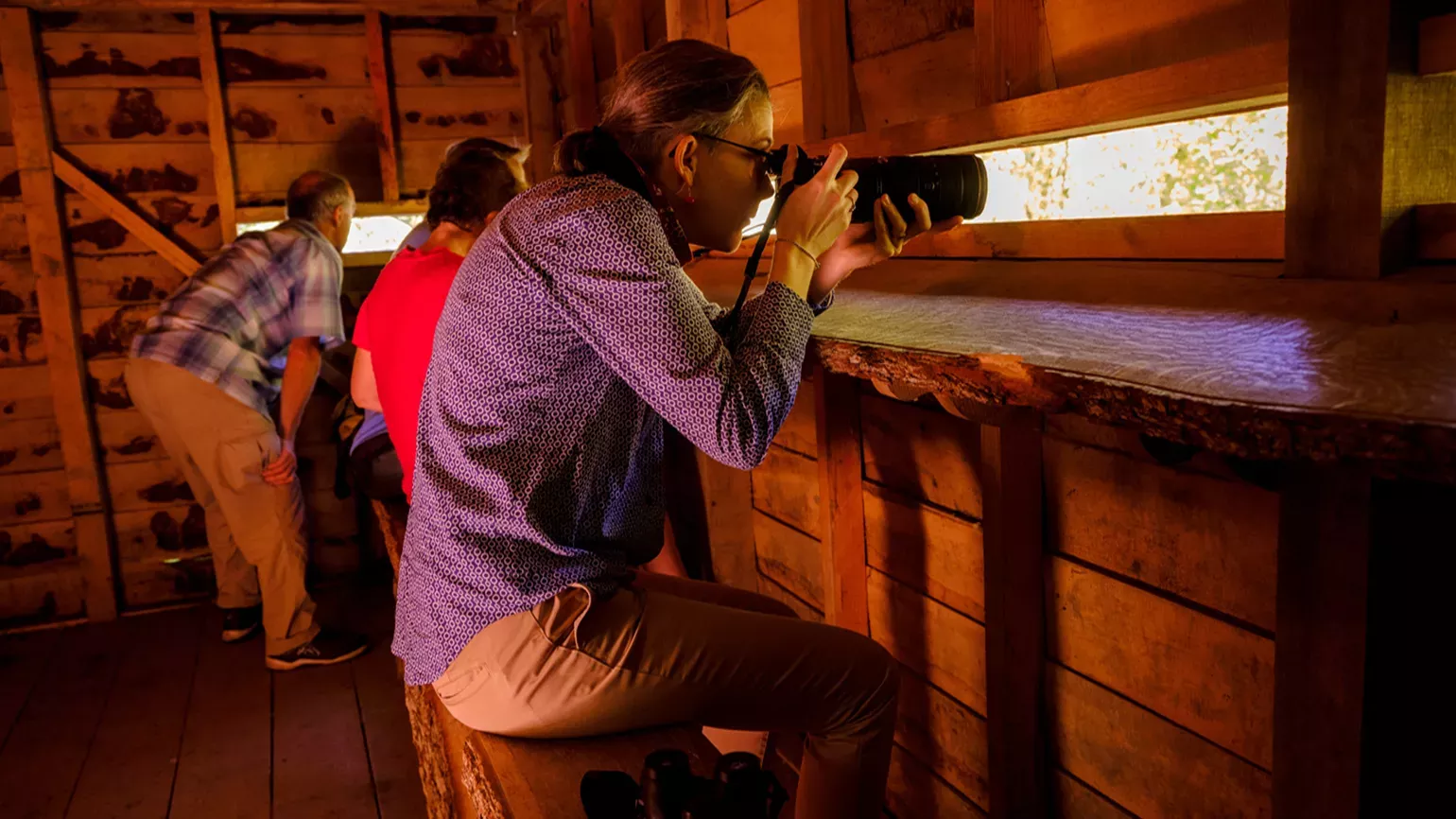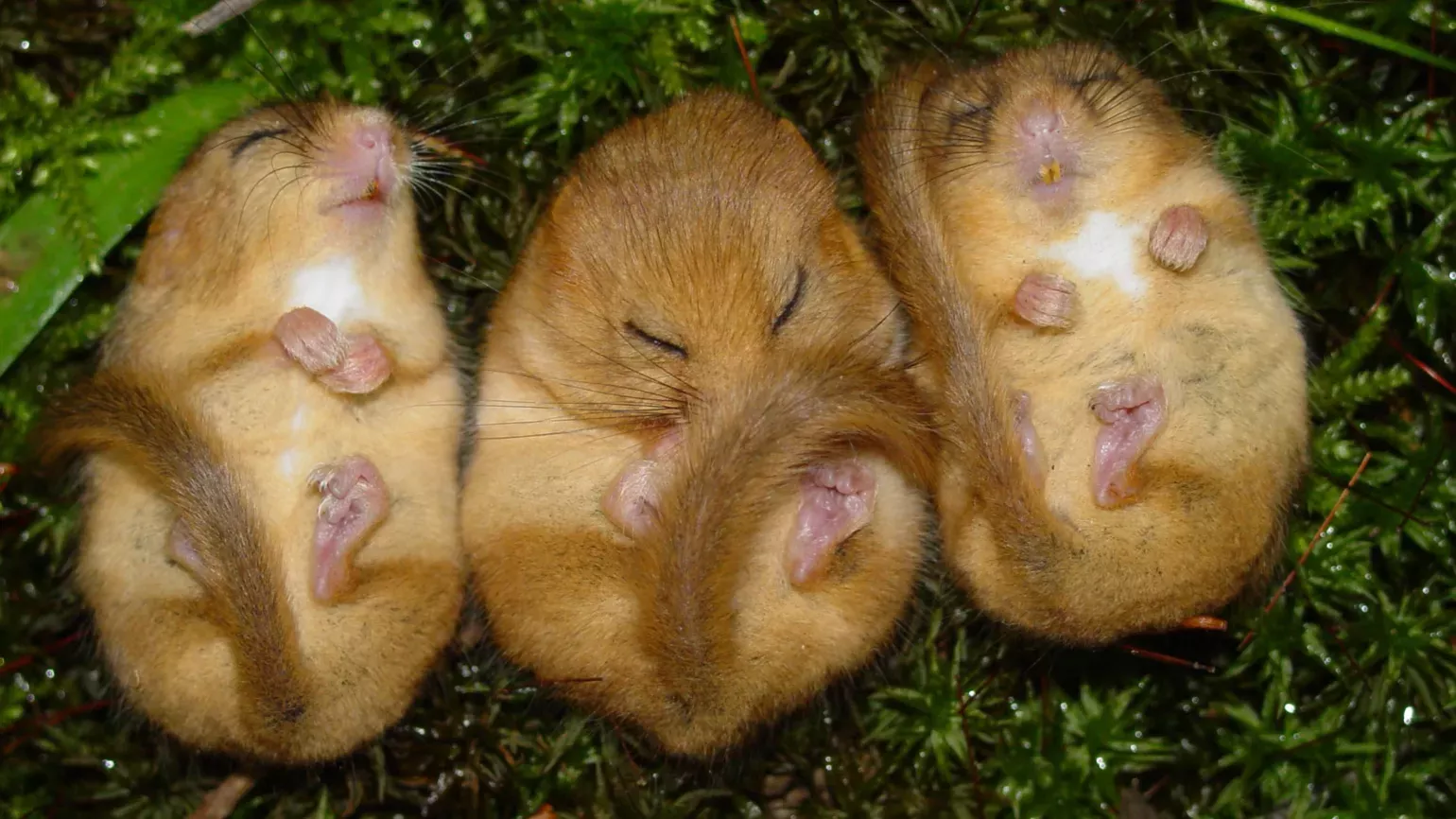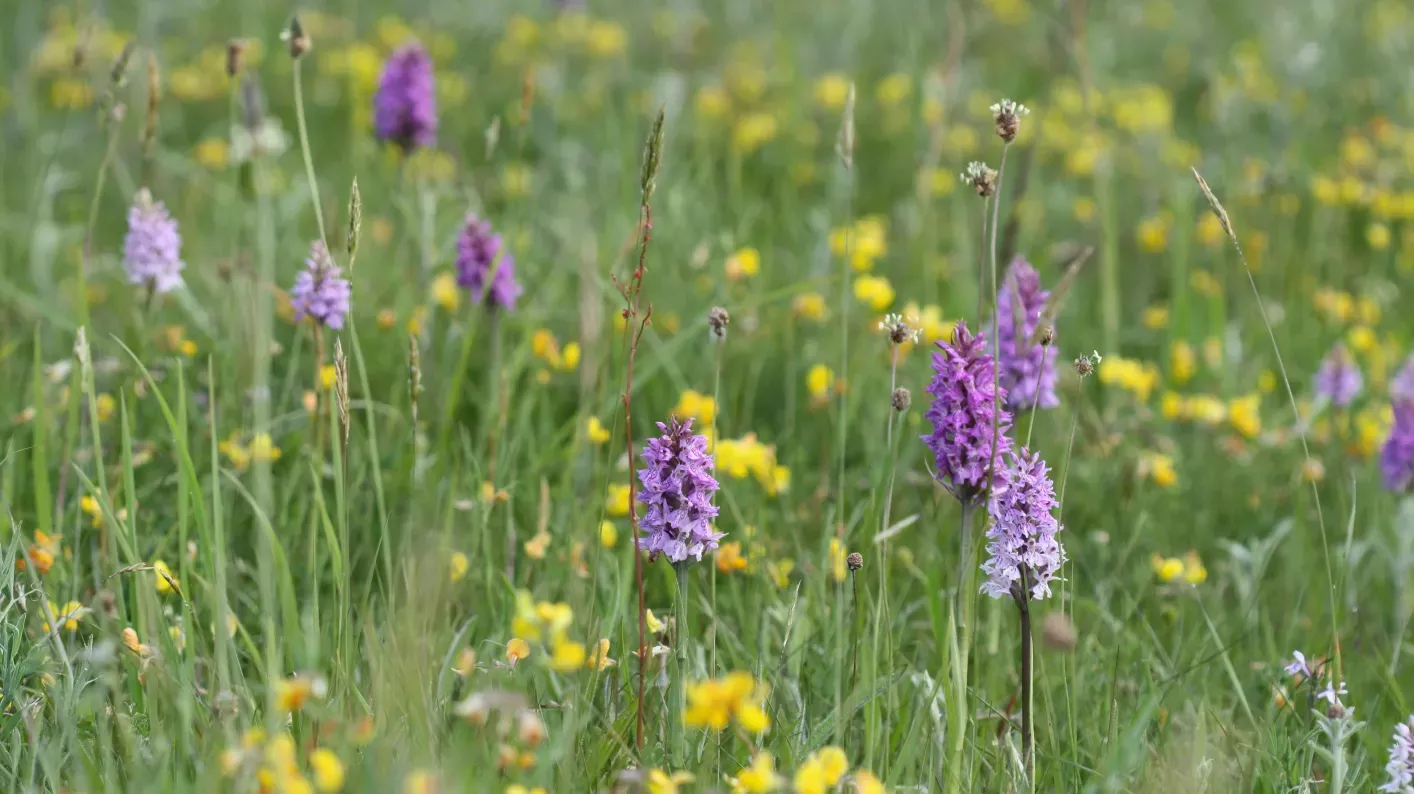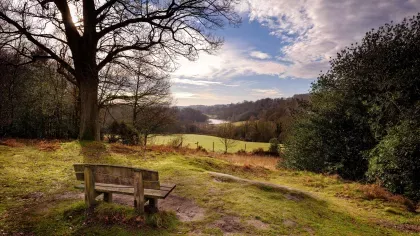Loder Valley Nature Reserve
Get closer to wildlife in our 150-acre nature reserve, home to a wide range of plant species as well as dormice, badgers, kingfishers and butterflies — the Hanging Meadow is the perfect place for wildlife spotting.

The Loder Valley Nature Reserve is closed for vital ash dieback work. Ash dieback is a deadly fungus, set to kill up to 75% of ash trees in the UK, and we’re embarking on a major felling operation to remove infected trees that pose a risk to the public.
This haven of wetlands, meadows and woodlands is teeming with wildlife.
Dormice, marsh tits and butterflies flourish in the Loder Valley Nature Reserve. Kingfishers can often be seen beside Westwood Lake.
The reserve consists of a matrix of habitats including wetlands, meadows and Wealden woodland. Bird hides allow you to view a wealth of species including herons, ospreys, hobbies and little egrets.
Find the Loder Valley Nature Reserve at markers 33 to 42 on our Map of Wakehurst
Nature trail
Whether you only have an hour or most of the day, there is a choice of routes around the stunning reserve.
Pick up a trail guide and map from the admissions kiosk on arrival to the gardens to help discover the Loder Valley for yourself.
To visit Hanging Meadow, an area of ancient grassland that shimmers with wonderful wildflowers and rich insect life in spring and summer, go over the bridge on your right shortly after the entrance.
You can choose to go in either direction on the circular route and there are waymarking posts to guide you.
Take in the impressive views as you walk, keeping your eyes peeled for the fantastic wildlife.
The undergrowth of brambles and hazels in the woodland provides dense cover and food for the native hazel dormouse. You might spot one of the 300 dormouse nesting boxes in the reserve, monitored by Wakehurst rangers as part of our support for The Dormouse Recovery Programme.




Visiting the reserve
Sensible shoes should be worn – and a pair of binoculars and a camera would be a good addition for your visit. Photography here must be for personal use only.
Please be respectful to all wildlife you encounter. It is an offence to knowingly disturb kingfishers close to their nests during breeding season.
The reserve is open to all, however, because of some hilly terrain, it’s not suitable for wheelchairs. Assistance dogs are welcome.
Once you are in the reserve, the entire trail, including Hanging Meadow, is about 3.5 miles.
Discover more of Loder Valley

Hanging Meadow

Wetlands Boardwalks
.jpgab95.webp)


.jpg78df.webp)